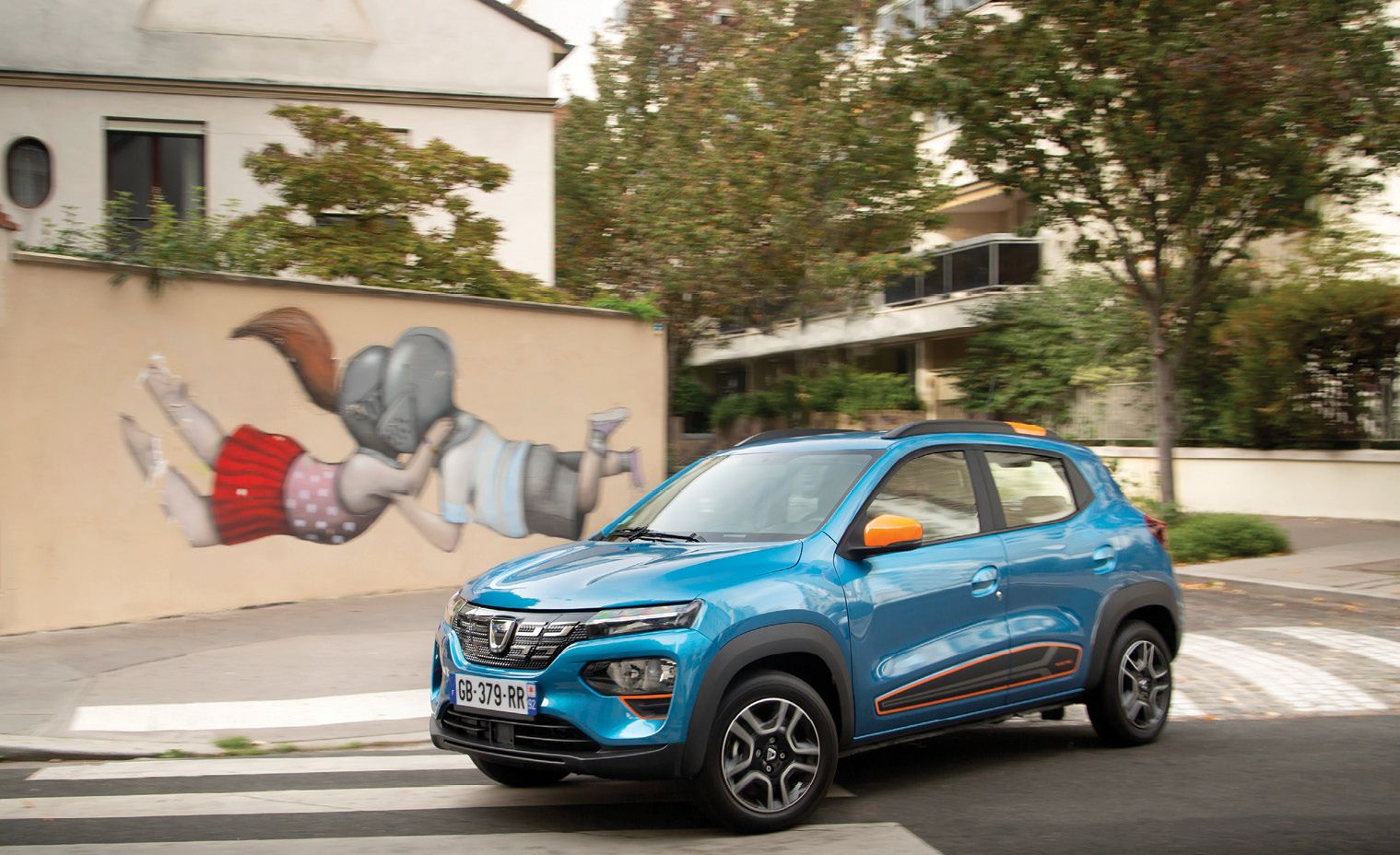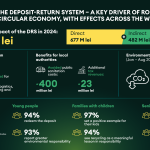
2022… a better year?
A thrifty man makes a chariot in winter and a sledge in summer … or should we look around a bit, before making plans for the future, in order to avoid any surprise? Romania, Europe, Earth … in this order, I would like to do this little exercise to anticipate what the year 2022 will bring. Obviously, the cars will be in the foreground.
It is sure that the restrictions imposed by the pandemic will be steady also this year, and so will be the travel restrictions. Paradoxically, in a restrictive landscape as concerns the freedom of movement, a normal step is to ensure your independence in terms of mobility, so stop depending on the means of transportation that expose you to contact with other people. In other words, the demand for cars will remain high. If we look at the figures of 2021, things may slightly contradict this statement. Last year, in Romania, 121,208 new units were registered, down 4.07% as compared to 2020, and 395,759 used units, that is – 2.29% less than in 2020.
Looking at the numbers, we could say that there is no demand, and the dealers are willing to apply massive discounts just to see how a model leaves their yard. The reality is a little bit different: the semiconductor crisis has led to deadlines for a new car up to one year, even more in some cases.
At European level, the price of used cars increased by almost 18% towards the end of the past year. According to an AutoScout24 analysis, a customer paid in November 2021, on average, 3,726 euro more for a used car, than in November 2020.
On average, the price of used vehicles in the compact and medium segment increased by 14%, that for the small-vehicle class by 12%, the big-vehicle class jumped by 11%, while the SUV-es and the sport models became more expensive by only 8%.
Coming back to our country, 2021 was a year in which a sign was expected from the Government, regarding the future form of taxation for cars. But now we are clear, in 2022 we will wait until 2023 to find out how we will pay for our purchasing decisions.
2022 does not seem to be a year in which the semiconductor crisis will be resolved, and if I am allowed a moment of sincerity, I do not think that the car manufacturers really want this problem to end. Why? Let’s look at the price of new cars, at the fact that there is no negotiation with the dealer when purchasing a model.
Instead, don’t be surprised if the manufacturers include much less well-equipped models in their offer, and some of the systems that are now standard equipment will become optional – another discreet way to increase the price of cars. At the same time, the lack of some assistance systems from the standard equipment can affect the safety degree. Euro NCAP has already started issuing warnings regarding certain models whose temporary series equipment differs from the configuration for which the safety test was performed.
The semiconductor crisis is not the only threat for the car production. The new star – the electric car – will be hit a little. The price of batteries will start to rise, and that’s because the price of lithium has soared. Benchmark Mineral Intelligence announces a 300% increase in the price of lithium carbonate to 29,000 USD/ton, and forecasts say that this price will continue to rise. The result will be seen in the price of electric or electrified models between 2022-2024. We also add here that in 2021, the price of cobalt has increased by 60% as compared to 2020. Maybe not the increase in the price of cobalt is a problem, but the fact that it comes from Congo, a politically unstable country that was accused of using children in mining.
The result is that many manufacturers invest in research to reduce the amount of cobalt in batteries. Nissan has announced a 10% reduction in cobalt for the batteries of the new Ariya model, Panasonic is working on a 5% reduction in the percentage of the batteries produced.
If we talk about electric cars, let’s not forget the United Nations Conference on Climate Change in 2021 – COP26, where a number of countries already agreed that 2040 would be the year in which the combustion engine cars become history. Some states have already assumed the year 2035 for this step. Leaving aside the real need to fight for a cleaner planet, sometimes politicians have manifestations of teenagers in love. I say this because the example set by Toyota, which offered the prospect of a future in which the combustion engine car would be powered by hydrogen, can be a green solution. Yes, I’m talking about refuelling classic cars with hydrogen, not about fuel cell cars.
Let’s not expect the electric car to continue to be a perpetuum mobile in terms of price/km. And I am not referring to the increase in the electricity price, but to the excise duties from the fuel price, which, in one way or another, will be included in the price of a kWh.
We will hear more and more about synthetic fuels, which reduce CO2 emissions by 85% as compared to the refuelling with petrol or diesel, but this is a topic from a more distant future.
In 2021, a number of 22,537 models with diesel engines were purchased in Romania, down 32.9% as compared to 2020. So, 2022 will be a year in which the offer of models with diesel engines will continue to decrease.
No one should be surprised if other criteria for “judging” a car emerge. There is already a ranking of car makers based on the number of vegan equipment levels on offer. Ford leads this ranking with 28 equipment levels for the full range of models. Porsche has only one level of vegan equipment.
Without too much effort, we can identify a potential crisis that will affect the cars. Let’s talk a little about magnesium, which at first glance does not seem so indispensable to the automotive universe. But it is an essential metal in the aluminium production process, and much of it comes from China. Let’s add the rising price of electricity, some news about aluminium production units closing down … and we have a new crisis on the horizon.
If the level of adoption of electric vehicles remains constant, 2022 will already prove that the number of charging stations is very small. And it’s not about the power of such stations, it’s precisely about their number. Dacia Spring needs one hour and 15 minutes to charge, be it at a 50 kW or at a 250 kW station.
And as for us, we could take a city break in Paris, Hamburg … and discover what life is like behind the steering wheel in a city where the speed is limited to 30 km/h.
Constantin Ciobanu
Share
Share















